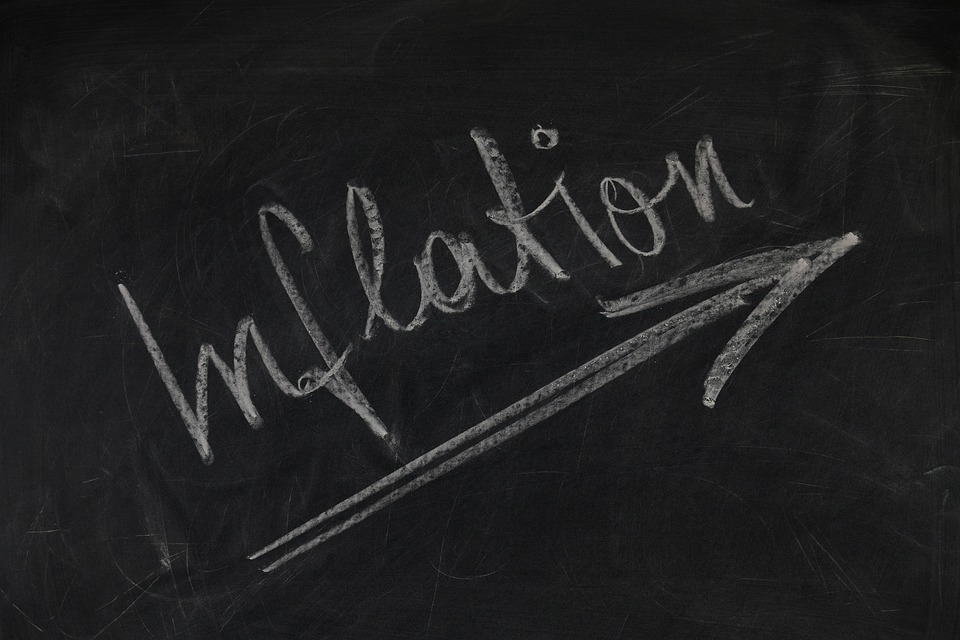 Image Source:
Image Source:
The Federal Reserve’s preferred gauge for inflation, the Personal Consumption Expenditures (PCE) Index, dropped to 2.2% in August, which is down from 2.5% in July and better than the 2.3% rate that economists had expected.The PCE inflation rate is now at its lowest level since February 2021, when it was at 1.8%. It also is down significantly from its peak of 7.2% in June 2022. Further, the rate is now nearing the Fed’s goal of 2% annual inflation.There was more good economic news this week as the gross domestic product, or GDP, for the second quarter, was revised up — signaling that the economy . That’s almost twice as high as the 1.6% GDP growth rate in Q1.The markets mostly took the good news in stride, particularly the inflation report, as the Fed has already begun the process of lowering interest rates, beginning with a at its September 17 – 18 meeting.As of 1:00 p.m. ET on Friday, the Dow Jones was up 214 points, or 0.5%, after of 42,628 during the trading day, while the Russell 2000 jumped 22 points, or 1%. The S&P 500 was flat on the day, but touched an all-time high of 5,763 on Friday, while the Nasdaq Composite was off about 40 points, or 0.2%.
Fed’s 2% inflation mandate in sight
PCE inflation rose just 0.1% in August and 2.2% over the past 12 months, the lowest rate since February 2021. Core PCE, which excludes food and energy costs, also climbed 0.1% in August, which was better than the 0.2% that had been anticipated by economists.However, the 12-month core PCE rate rose to 2.7% in August, up from 2.6% in July, but in line with expectations.With now nearing the Fed’s target, its attention will likely shift to maximum employment, the other part of the Fed’s dual mandate.Speaking Thursday at the Harvard Kennedy School in Cambridge, Mass., Federal Reserve Governor discussed the change in focus.“The progress in bringing down inflation thus far, coupled with the softening in the labor market that I have described, means that while our focus should remain on continuing to bring inflation to 2 percent, we should now also shift attention to the maximum-employment side of the FOMC’s dual mandate,” Kugler said.“The labor market remains resilient, but the FOMC now needs to balance its focus so we can continue making progress on disinflation while avoiding unnecessary pain and weakness in the economy as disinflation continues in the right trajectory. I strongly supported last week’s decision and, if progress on inflation continues as I expect, I will support additional cuts in the federal funds rate going forward,” Kugler added.
GDP spikes
The revised GDP, released Thursday by the U.S. Bureau of Economic Analysis, showed 3% growth in Q2, up from the initial report of 2.8% growth.The updated figure reflects an uptick in private inventory investment and federal government spending. Compared to Q1, the GDP growth stems from an acceleration in private inventory investment and consumer spending, partly offset by a downturn in residential fixed investment.S&P Global released an for the rest of 2024 and 2025 and it targets 2.7% GDP growth for 2024. That would be up from 2.5% growth in 2023.However, economists see growth slowing in 2025 and 2026, estimating GDP growth at 1.8% and 1.9% for the next two years.More By This Author:
PCE Inflation Sinks To 2.2% In August, While GDP Rises 3% In Q2

